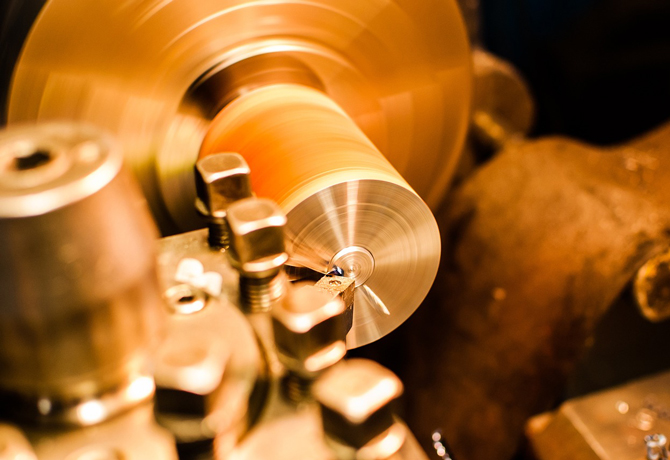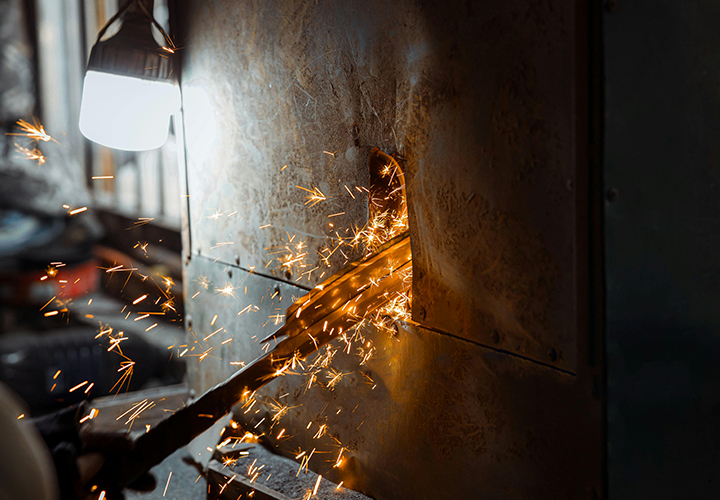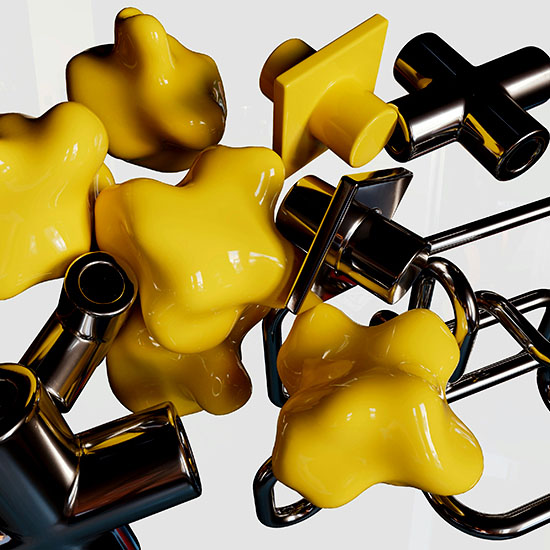اطلب عرض سعر عبر الإنترنت اليوم.
 جميع التحميلات آمنة وسرية
جميع التحميلات آمنة وسريةالشهادات:
ISO 13485 | IATF 16949


6061
6063
Lightweight, corrosion-resistant, good thermal and electrical conductivity.
Lightweight, corrosion-resistant, good thermal and electrical conductivity.

316
430
420
303
304
High strength, excellent corrosion resistance, and heat resistance.
High strength, excellent corrosion resistance, and heat resistance.
High strength, excellent corrosion resistance, and heat resistance.
High strength, excellent corrosion resistance, and heat resistance.
High strength, excellent corrosion resistance, and heat resistance.

H62
H59
Good machinability, corrosion resistance, and antimicrobial properties.
Good machinability, corrosion resistance, and antimicrobial properties.

C12200
C11000
T3
T2
T1
High electrical and thermal conductivity, ductility, and corrosion resistance.
High electrical and thermal conductivity, ductility, and corrosion resistance.
High electrical and thermal conductivity, ductility, and corrosion resistance.
High electrical and thermal conductivity, ductility, and corrosion resistance.
High electrical and thermal conductivity, ductility, and corrosion resistance.

Grade 5
Grade 4
Grade 2
High strength-to-weight ratio, excellent corrosion resistance, and biocompatibility.
High strength-to-weight ratio, excellent corrosion resistance, and biocompatibility.
High strength-to-weight ratio, excellent corrosion resistance, and biocompatibility.

Fe 430 A
Fe 360 A
High tensile strength, hardness, and wear resistance.
High tensile strength, hardness, and wear resistance.

GCr15
GCr9
GCr6
High hardness, wear resistance, and ability to retain sharp edges.
High hardness, wear resistance, and ability to retain sharp edges.
High hardness, wear resistance, and ability to retain sharp edges.

Polypropylene
PVC
PTFE
Polycarbonate
Delrin
PEEK
Nylon
ABS
Lightweight, good chemical resistance, and fatigue resistance.
Good chemical resistance, lightweight, and durable.
Low friction, high chemical resistance, and thermal stability.
High impact resistance, optical clarity, and good dimensional stability.
Low friction, high stiffness, and excellent dimensional stability.
High thermal stability, chemical resistance, and mechanical strength.
High tensile strength, wear resistance, and low friction.
Lightweight, impact-resistant, and easy to machine.


 ما هي الطباعة ثلاثية الأبعاد؟
ما هي الطباعة ثلاثية الأبعاد؟
الطباعة ثلاثية الأبعاد هي تقنية تُصنّع الأشياء عن طريق تكديس المواد طبقةً تلو الأخرى، وتُعرف أيضًا بالتصنيع الإضافي. تبدأ هذه التقنية من ملفات التصميم الرقمية (مثل صيغة STL) وتستخدم مواد متنوعة (مثل البلاستيك والمعادن والراتنجات، إلخ) لطباعة أشكال وهياكل معقدة يصعب تحقيقها بالطرق التقليدية.
 ما هي المواد التي يمكن استخدامها في الطباعة ثلاثية الأبعاد؟
ما هي المواد التي يمكن استخدامها في الطباعة ثلاثية الأبعاد؟
تشمل مواد الطباعة ثلاثية الأبعاد الشائعة ما يلي:
يعتمد اختيار المواد عادةً على متطلبات التطبيق والمتانة والتكلفة ودقة معالجة العنصر المطبوع.
 ما هو الفرق بين الطباعة ثلاثية الأبعاد وطرق التصنيع التقليدية؟
ما هو الفرق بين الطباعة ثلاثية الأبعاد وطرق التصنيع التقليدية؟
بخلاف طرق التصنيع التقليدية (مثل الصب والقطع والقولبة، إلخ)، تُعدّ الطباعة ثلاثية الأبعاد عملية تصنيع إضافية تُصنّع فيها المنتجات عن طريق وضع طبقات من المواد دون الحاجة إلى قوالب أو أدوات تشغيل. تُمكّن هذه الطريقة من إنتاج هياكل معقدة للغاية مع تقليل الهدر ووقت المعالجة. بالإضافة إلى ذلك، تُتيح الطباعة ثلاثية الأبعاد إمكانية التخصيص الشخصي، مما يجعلها مثالية لإنتاج كميات صغيرة وتصميم النماذج الأولية.
 كيفية ضمان جودة النماذج المطبوعة ثلاثية الأبعاد؟
كيفية ضمان جودة النماذج المطبوعة ثلاثية الأبعاد؟
تتضمن العوامل الرئيسية لضمان جودة الطباعة ثلاثية الأبعاد ما يلي:
 ما هي دقة الطباعة ثلاثية الأبعاد؟
ما هي دقة الطباعة ثلاثية الأبعاد؟
تعتمد دقة الطباعة ثلاثية الأبعاد على عوامل متعددة، منها نوع الطابعة المستخدمة، والمواد المستخدمة، وإعدادات الطباعة. عمومًا، تتراوح دقة طابعات FDM (النمذجة بالترسيب المندمج) بين 0.1 مم و0.5 مم، بينما تصل دقة طابعات SLA (الطباعة المجسمة) إلى حوالي 0.05 مم.
 ما هي التطبيقات المناسبة للطباعة ثلاثية الأبعاد؟
ما هي التطبيقات المناسبة للطباعة ثلاثية الأبعاد؟
يتم تطبيق الطباعة ثلاثية الأبعاد على نطاق واسع في مجالات متعددة، بما في ذلك:
مع تقدم التكنولوجيا، يستمر نطاق تطبيقات الطباعة ثلاثية الأبعاد في التوسع.
 ما هي تكلفة الطباعة ثلاثية الأبعاد؟
ما هي تكلفة الطباعة ثلاثية الأبعاد؟
تختلف تكلفة الطباعة ثلاثية الأبعاد بسبب عدة عوامل، بما في ذلك:
بشكل عام، تعد الطباعة ثلاثية الأبعاد مناسبة للإنتاج على دفعات صغيرة أو التخصيص الشخصي؛ أما بالنسبة للإنتاج على نطاق واسع، فقد تكون طرق التصنيع التقليدية أكثر فعالية من حيث التكلفة.
 كيفية اختيار تقنية الطباعة ثلاثية الأبعاد المناسبة؟
كيفية اختيار تقنية الطباعة ثلاثية الأبعاد المناسبة؟
يتطلب اختيار تقنية الطباعة ثلاثية الأبعاد المناسبة مراعاة عدة عوامل: